5 delicious Russian recipes with apricots
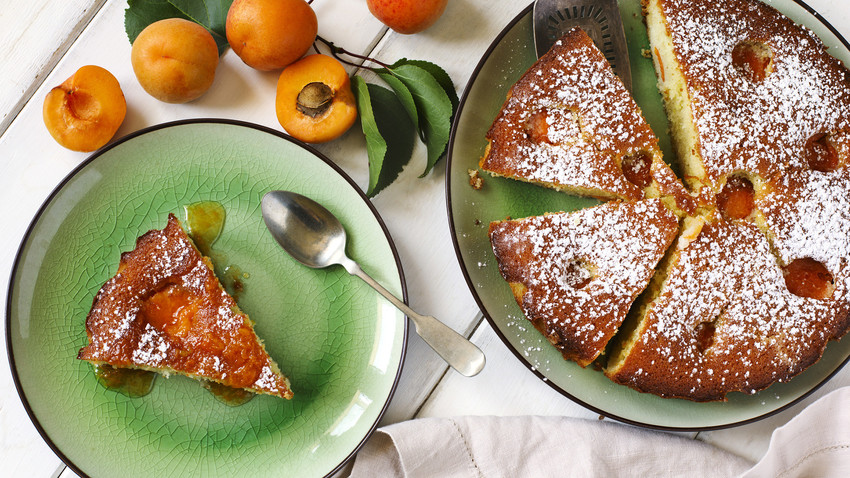
Too much apricot is never enough.
Legion MediaApricots came to Russia in the 17th century, since when they have been grown in the North Caucasus and Far Eastern Primorye regions. They are added to porridge or fresh curd for breakfast, and sometimes even the stones are eaten. We share the best five.
1. Leniviye vareniki ("lazy dumplings")
Serves 5
Apricots add a slight sourness to this delicate curd dish. Surprisingly, these dumplings are often a hit even with those who don’t like curd.
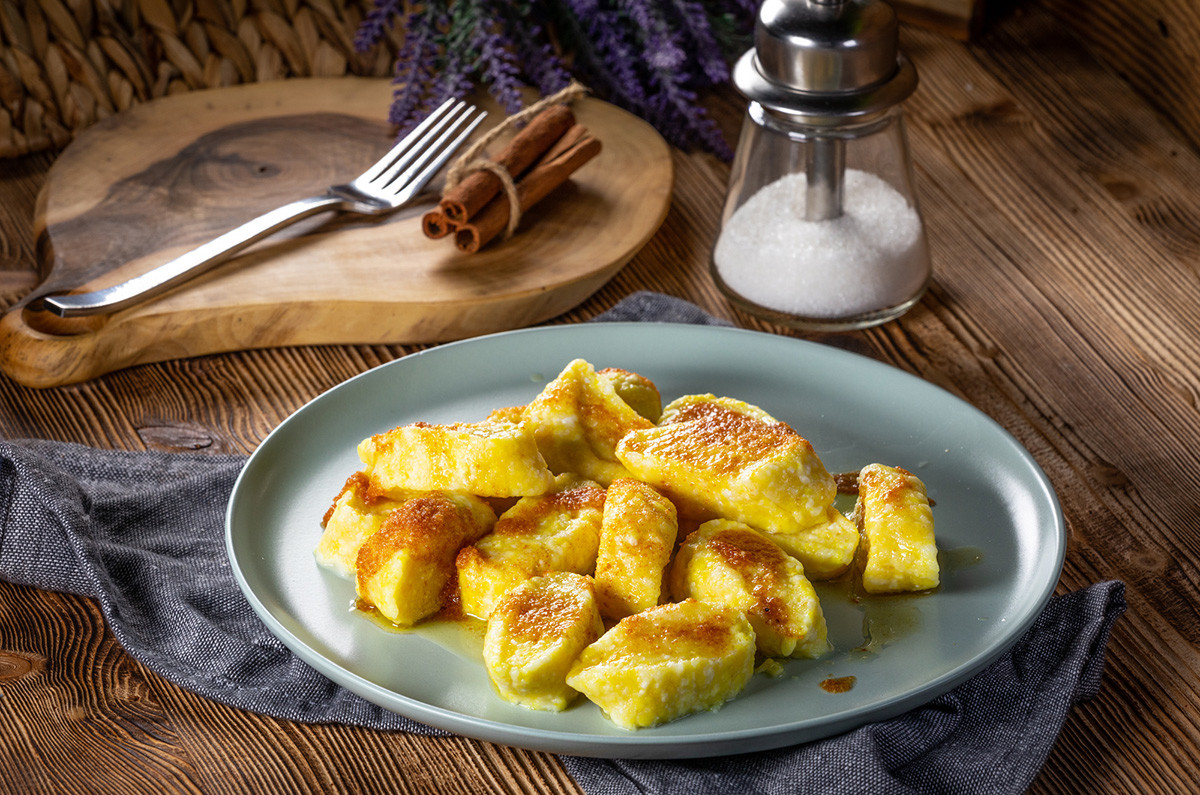
Recipe: Caramelize 10 g of sugar in a pan. Separate the apricots (300 g) from the stones, then put the apricots in the pan. Add honey (40 g) and a teaspoon of water. Place the apricots over medium heat for 3-5 minutes. Mix curd (500 g) with flour (70 g) and add sugar (5 g), mix everything together. Next, we shape the dumplings: sprinkle flour on the kitchen top, make two sausage-shaped dumplings 1.5 cm in diameter, flatten them a little so that they are oval, not round. Slice each dumpling diagonally into 1cm-wide pieces. Add a pinch of sugar and salt to the water, boil the dumplings for 2-4 minutes. Serve with smetana or butter and apricot pieces.
2. Semolina pie with apricots and nuts
Serves 6
This homemade dessert is similar in texture to cheesecake due to the milk and semolina base. The top layer of apricots adds a summer juiciness.
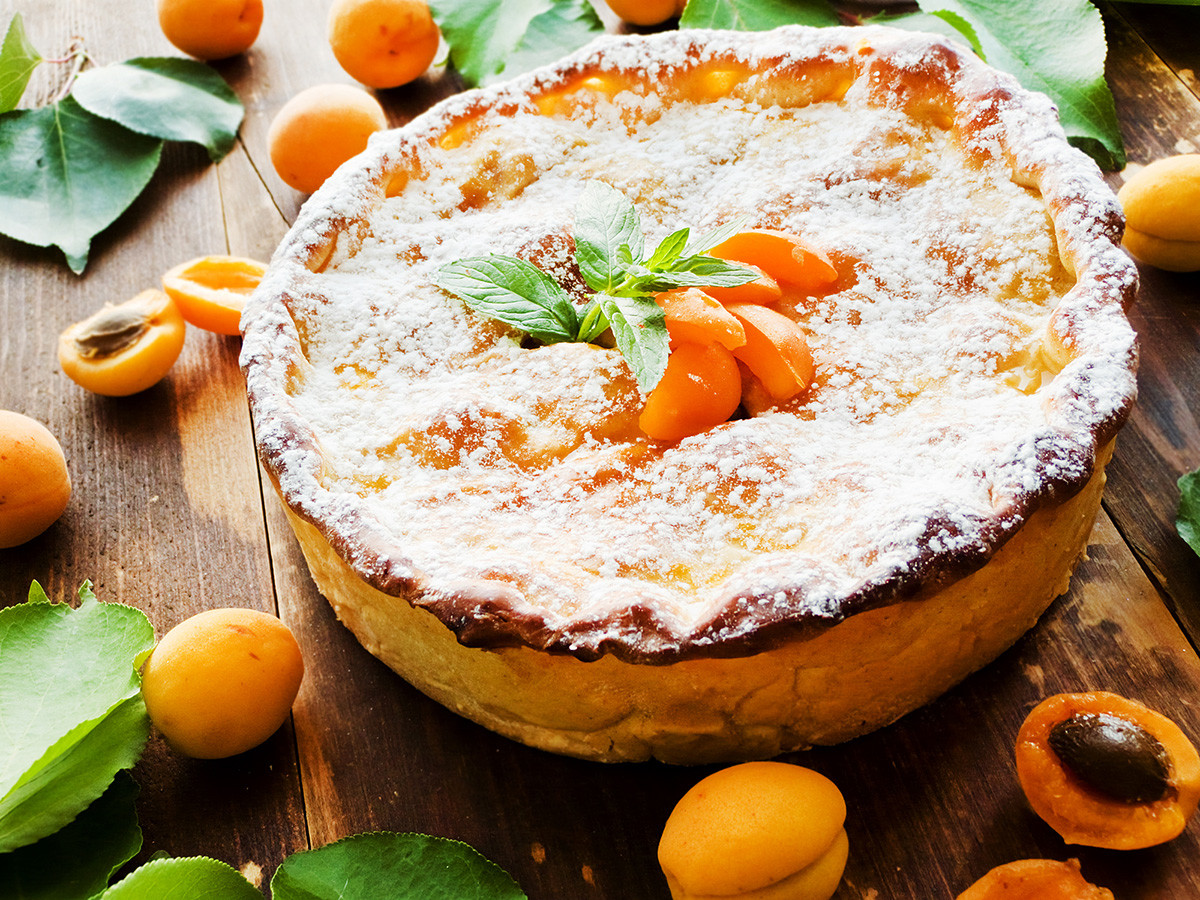
Recipe: Pour milk (400 ml) into a saucepan and bring to a boil, add salt (¼ tsp) and vanillin (a knife tip). Stir constantly, add semolina (100 g) and let it steep over low heat. Allow to cool with the lid on. Fry walnuts (60 g) in butter (50 g), then chop into small pieces. Separate the yolks of two eggs from the whites. Mix the yolks with sugar (50 g) until white, beat the whites into a foam. Grease a baking dish and sprinkle with breadcrumbs (30 g). Gently stir together the semolina mass, nuts, yolks and whites. Pour the resulting mixture into the baking dish, place apricot halves (400 g) on top skin-side up (even canned ones will do). Sprinkle the pie with powdered sugar (2 tbsp) and bake in the oven at 180°C for 40 minutes until golden brown.
3. Apricot jam
For jam, it’s better to choose light orange apricots — moderately soft, of equal size, so that they become evenly soaked with syrup. This jam will preserve its apricot taste all winter through.
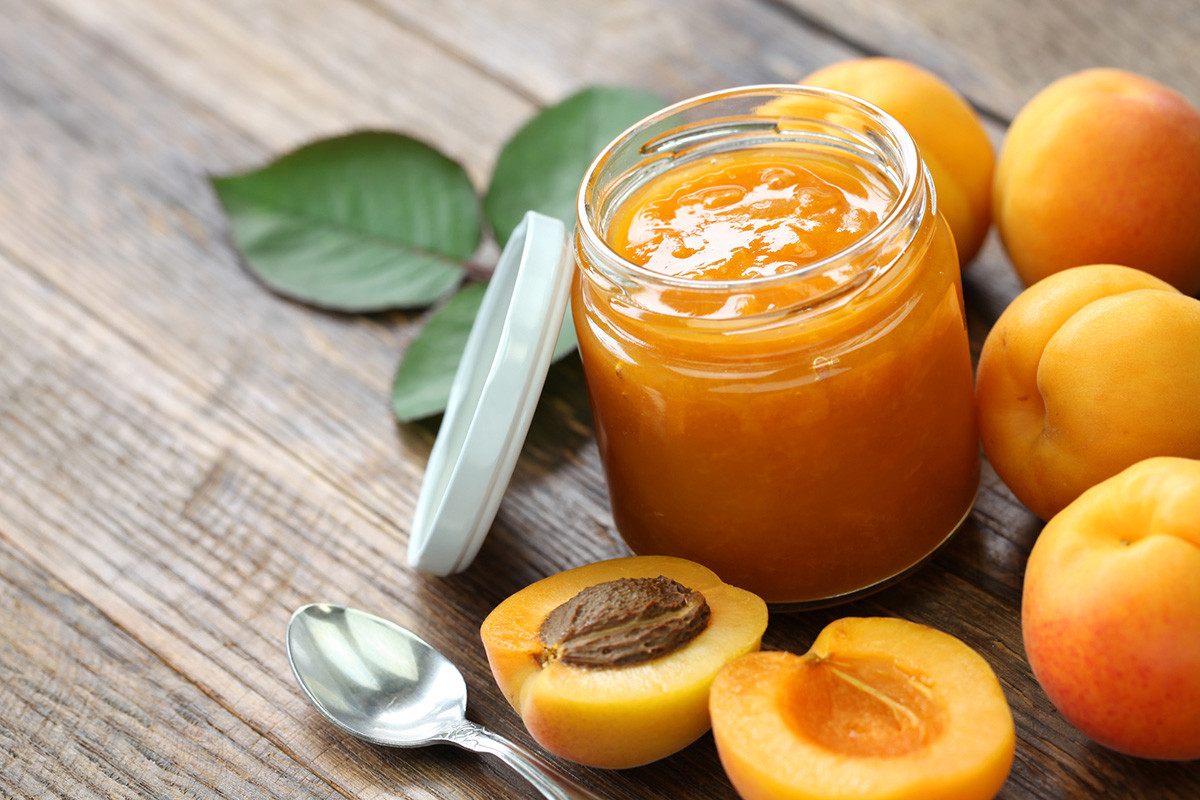
Recipe: Wash apricots (2 kg) and dry with a paper towel, cut the fruits in half and remove the stones. Place the apricots in a saucepan and cover with sugar (1 kg). Leave for at least two hours (overnight is fine) to let the fruits release their juice. Put the pan on the stove and bring to a boil over low heat. Cook for 5 minutes whilst stirring. Leave the jam for 20 minutes, then bring to a boil again and cook for another 5 minutes. Leave for a further 20 minutes, bring to a boil and simmer for 15 minutes. Lastly, pour the "5-minute" jam into pre-sterilized jars and seal with metal lids.
4. Apricot compote
Serves 4
Even before lemonade and detox cocktails conquered the world, compote was a favorite drink in Russia. This is the best option if you don’t have enough fruit for jam, but love the taste of slightly stewed apricots.
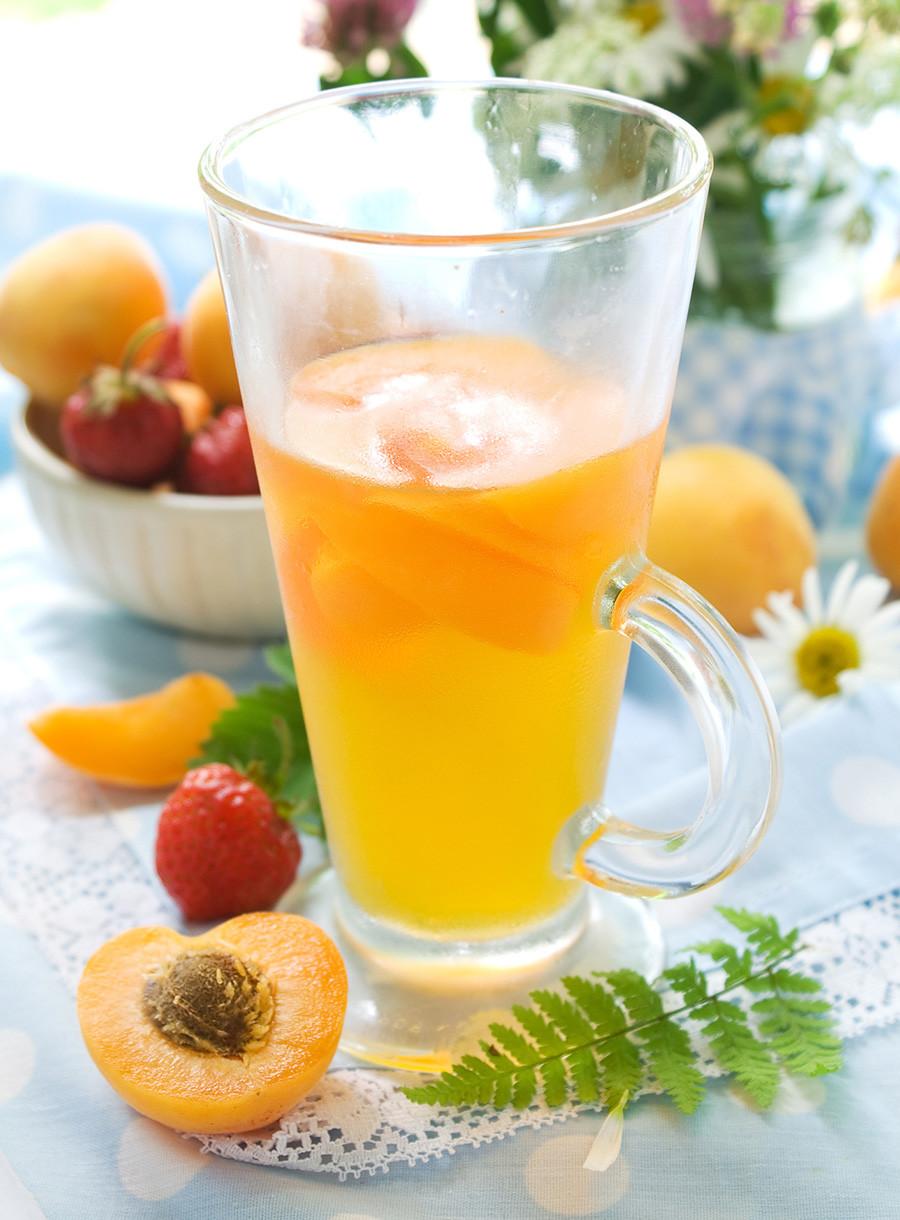
Recipe: Wash apricots (500 g) in cold water and remove the stones. Pour sugar (¾ cup) into a saucepan with 2 cups of hot water, stir, add the fruit and bring to a boil.
5. Bonus: How to make dried apricots
Apricots can be preserved throughout the winter by drying them in the summer. Large, soft, but not overripe apricots are the best sort.
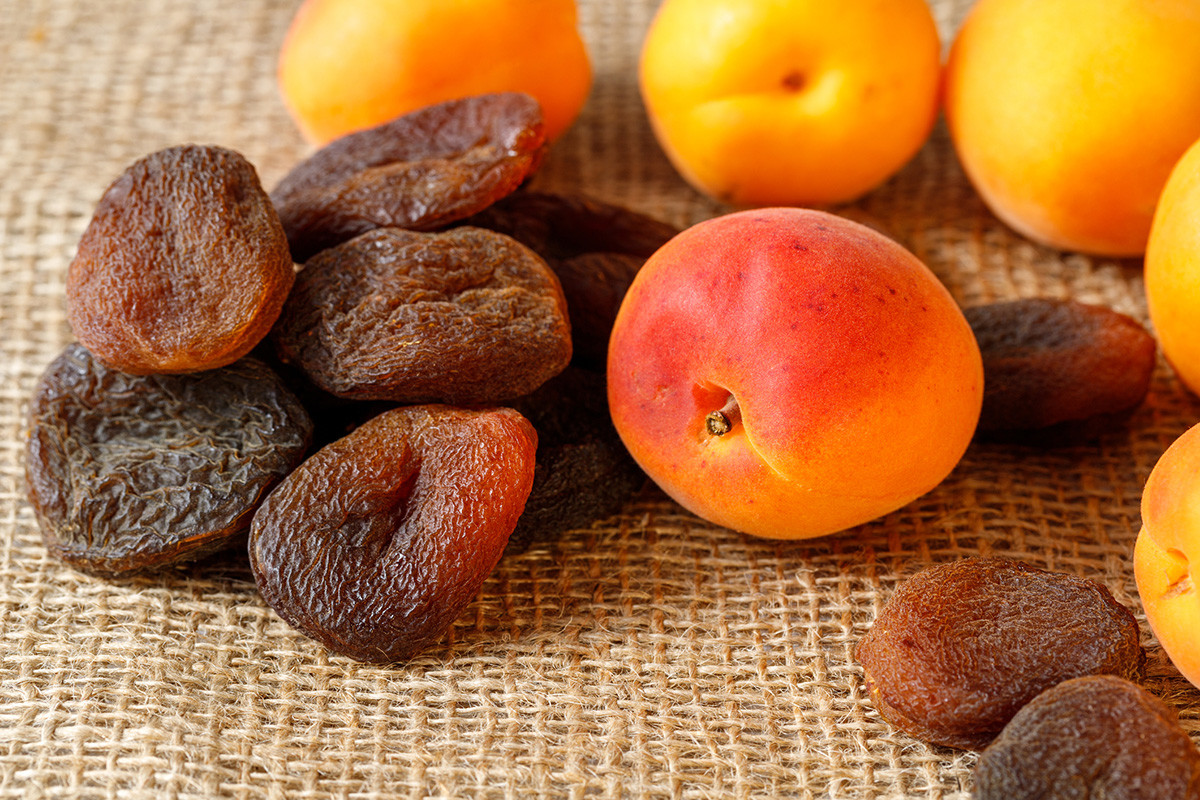
Recipe: Before starting, wash the apricots and pat dry with a paper towel, cut in half and remove the stones. Place on a baking sheet and dry in the oven at 60-100°C for 4-5 hours. Alternatively, dry outside in the sun or shade by laying them out on a flat surface and covering with gauze. Dry for 10 days to three weeks, occasionally turning them over.
READ MORE: 5 fantastic strawberry desserts from Russia (RECIPES)
If using any of Russia Beyond's content, partly or in full, always provide an active hyperlink to the original material.
Subscribe
to our newsletter!
Get the week's best stories straight to your inbox